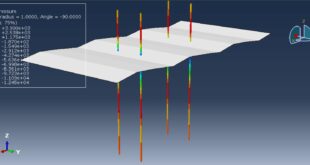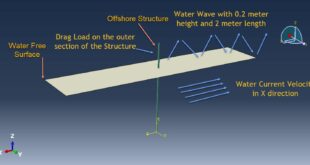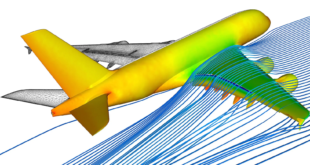In this tutorial, the finite element analysis on the seismic behavior of CFRP-strengthened seismic-composite steel-concrete frame column in Abaqus has been investigated. The concrete and steel columns are modeled as three-dimensional solid parts. The steel reinforcements are modeled as wire parts. The CFRP box is modeled as a shell part. You can see figures of the assembled parts below
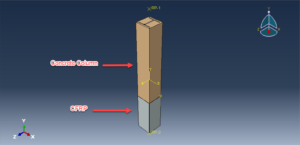
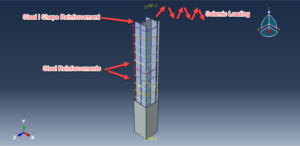
The frame column structure is composed of sections of steel-reinforced concrete and has been widely used in super-high building structures and large-span structures due to its high load-carrying capacity, good seismic performance, and other advantages. In practical engineering, the carbon fiber sheet has received considerable attention due to its high strength, lightweight, high corrosion resistance, ease of fabrication, etc. This effective strengthening method using composite steel-concrete structures has become more and more widely used in the United States, Canada, Japan, and recently, Europe. In China, the research and application of carbon fiber reinforced polymer (CFRP) for strengthening reinforced concrete structures began in 1997
In this study, cyclic loading tests were performed on composite steel-concrete columns to investigate the effect of the strengthening of seismic-damaged composite steel-concrete with CFRP on the performance of frame columns. The tests included horizontal load testing,
horizontal displacement testing, and recording of the load-displacement hysteresis loops of the specimen
The general static step is appropriate for this type of analysis. All boundaries and meshes are assigned to all parts. After the simulation, all results such as stress, strain, Hysteresis diagram, tension and compression damage, CFRP damage, and others are available. You can see some figures of the results below
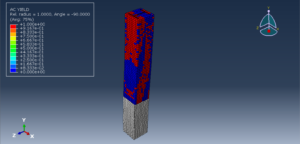
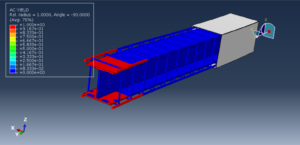
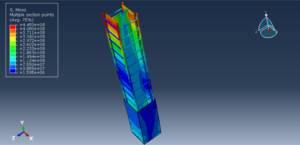
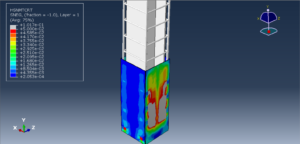
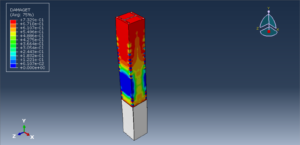
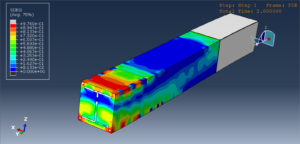
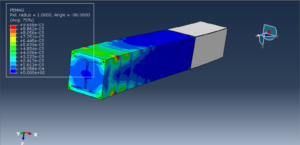
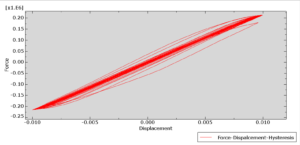
 Abaqus tutorials Abaqus tutorials
Abaqus tutorials Abaqus tutorials
